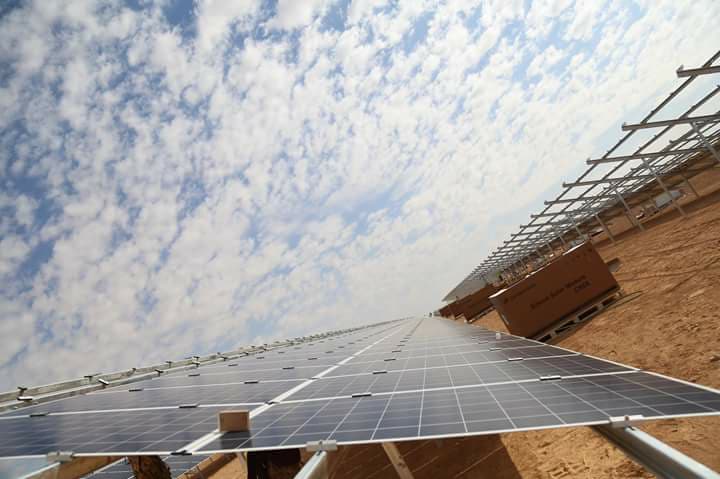
- Better Society -
- 2mins -
- 87 views
Jordan is building world’s largest solar plant for a refugee settlement
The 12.9 megawatt facility will provide affordable and sustainable energy to around 80,000 Syrian refugees and the host community.
The plant will allow the UNHCR to provide more hours of electricity to refugees’ homes
The €15 million project, funded by the government of Germany through the KfW Development Bank, will be the largest ever solar plant built in a refugee camp worldwide, a statement from the United Nations High Commissioner for Refugees (UNHCR) said. As reported in the Jordan Times, the construction of the solar plant saw the participation of many refugees from the camp. Once inaugurated, the plant will allow the UNHCR to provide more hours of electricity to refugees’ homes, the statement said.
The additional hours of electricity will improve the refugees’ lives
Jordan has just inaugurated the world’s largest solar park to operate within a refugee facility, aiming to improve the lives of the tens of thousands of Syrian refugees at the Zaatari desert camp, along with the surrounding host community.
Some 4,000 solar panels, with a total capacity of 12.9 megawatts, are designed to provide 14 hours of electricity a day to Zaatari’s 80,000 inhabitants, according to the United Nations High Commissioner for Refugees.
The project has been financed by the government of Germany through the KfW Development Bank, at a cost of 15 million euros ($17.5 million).
The UNHCR has previously been providing up to eight hours of electricity per day, at a cost of $500,000 a month, said Stefano Severe, the agency’s representative in Jordan.
"With this solar panel plant and this grant from Germany, UNHCR will be able to provide 14 hours with zero cost," he said at a ceremony at the camp attended by Jordan’s Energy Minister Salah al-Kharabsheh and German ambassador Birgitta Siefker-Eberle. He said the savings would be used to improve other services in the camp.
"The additional hours of electricity would improve the refugees’ lives by giving more opportunities for the kids to study in the nighttime, for people to store food in their fridges, to communicate with the outside world", said Severe.
In May, Jordan scored a world first for a refugee camp powered by renewable energy, according to the UNHCR, when it opened a two-megawatt solar plant in Azraq which is home to 35,000 refugees from the war across the border in Syria.
Source: France24


